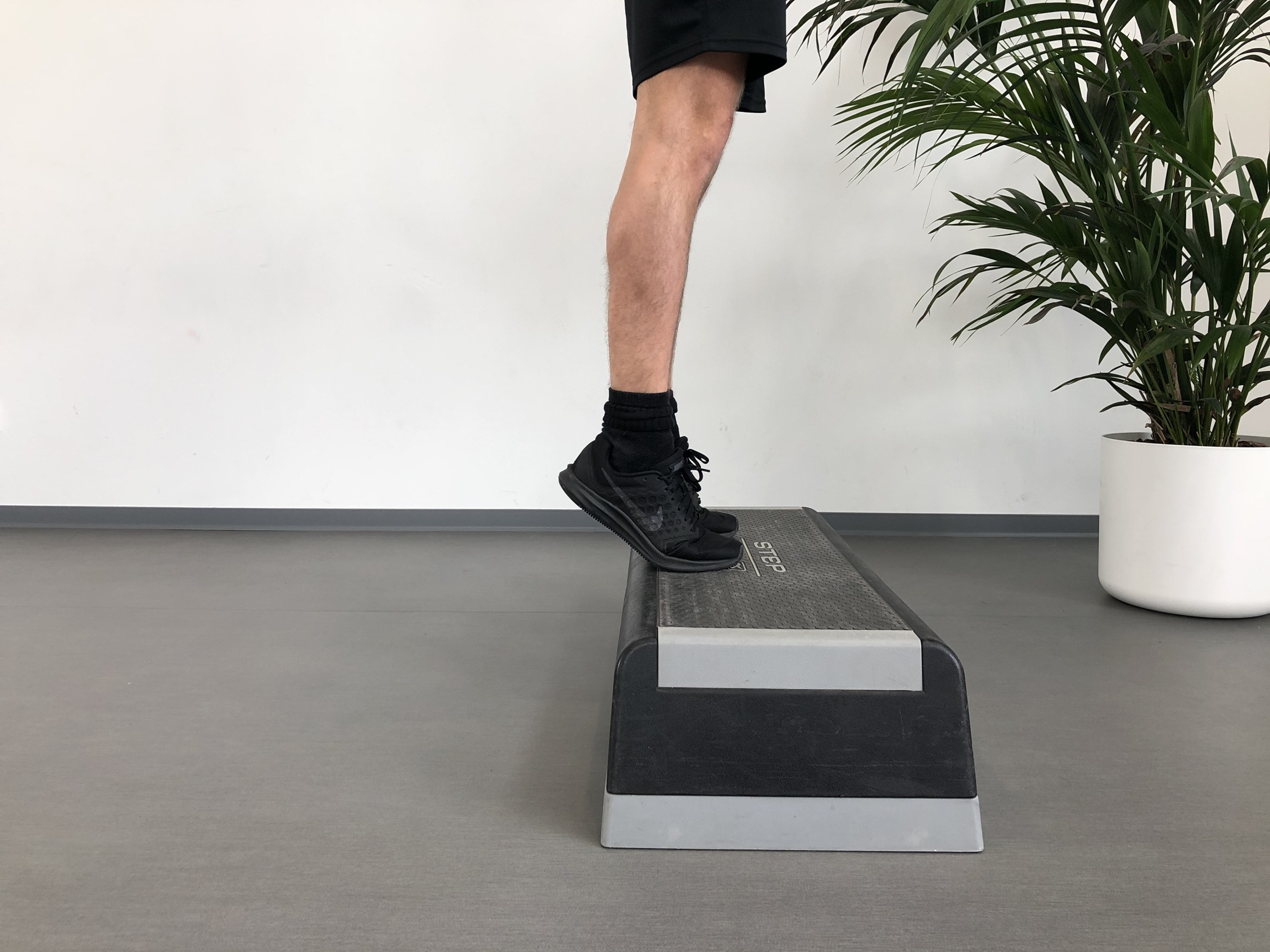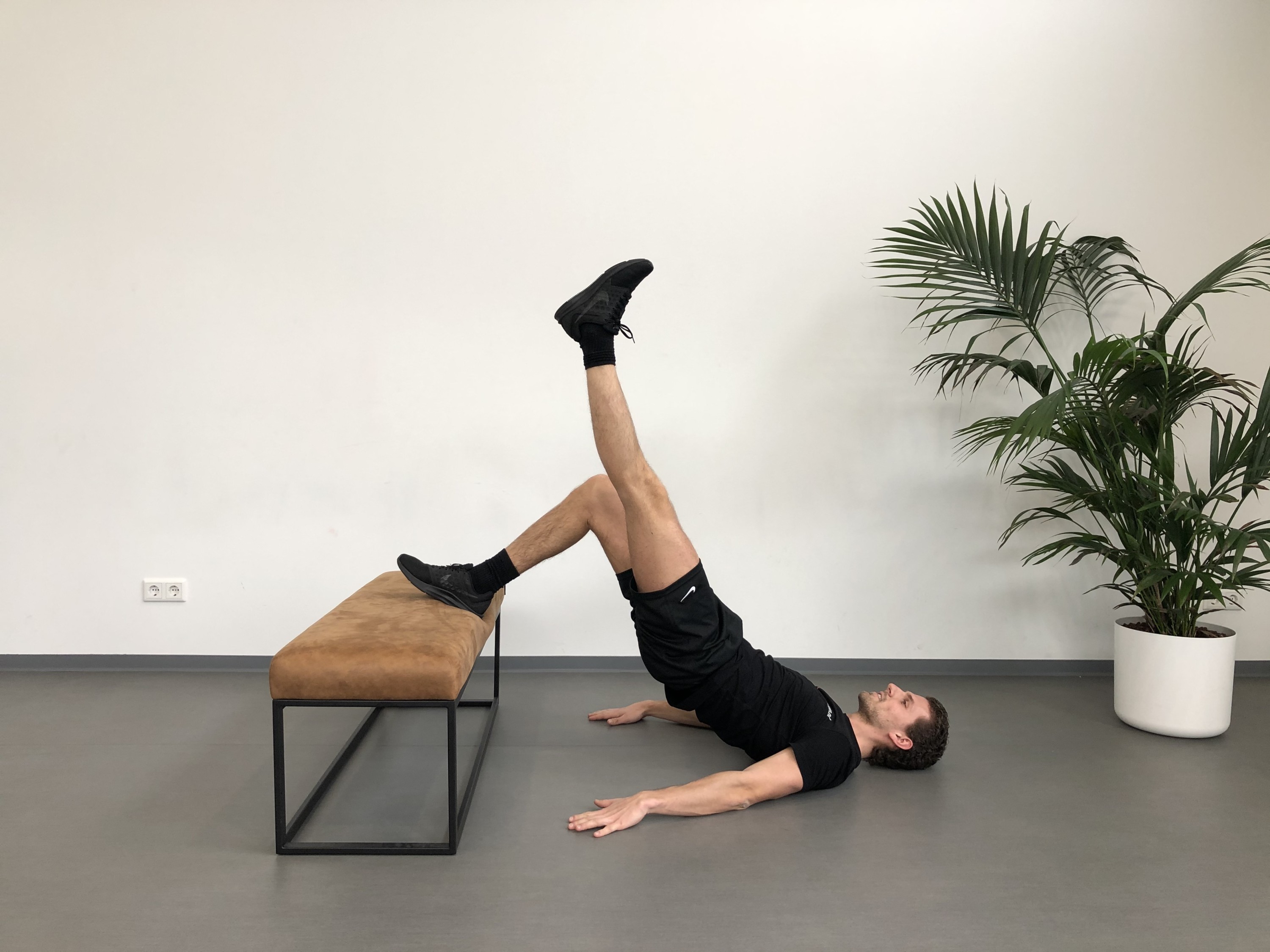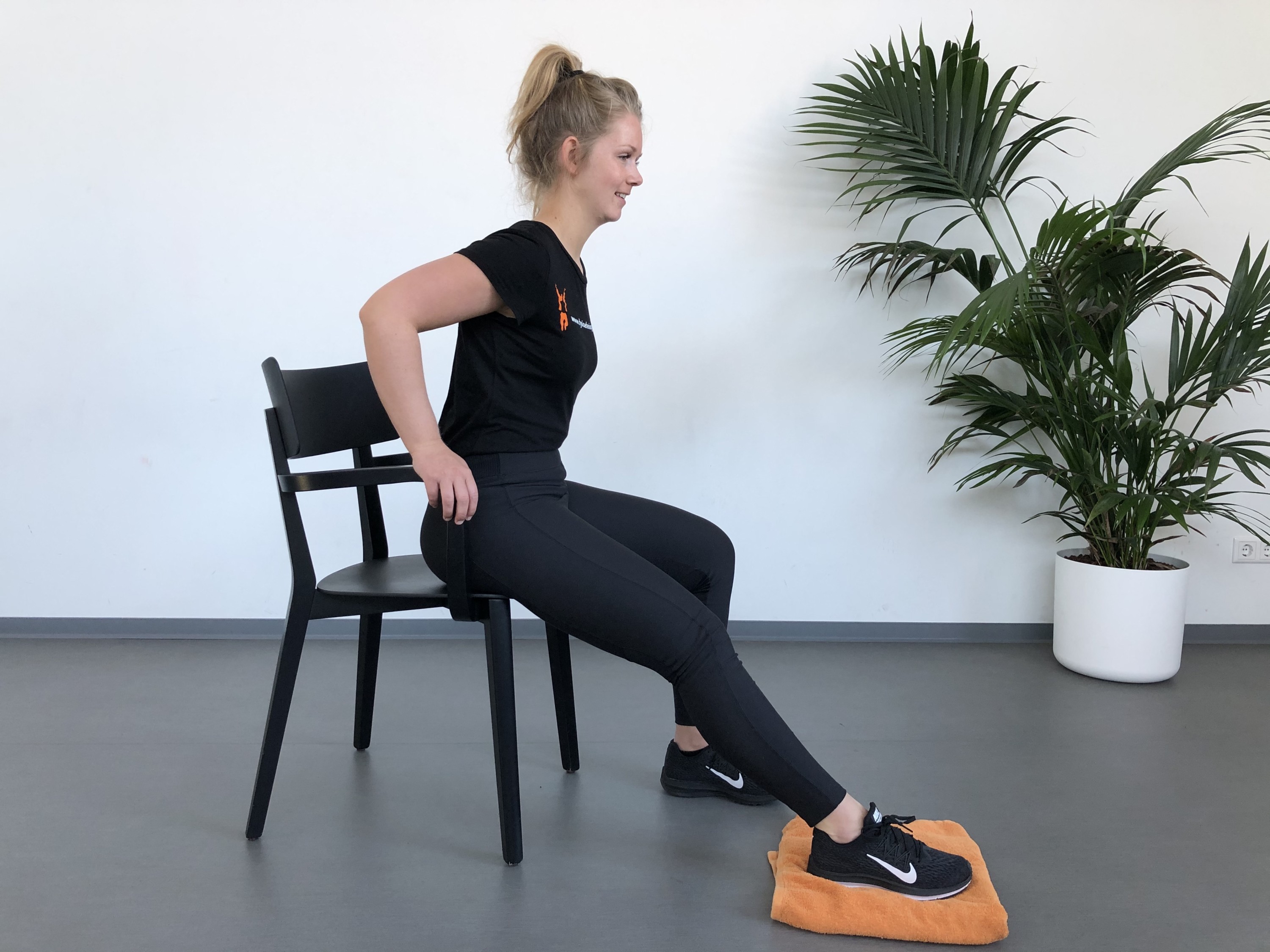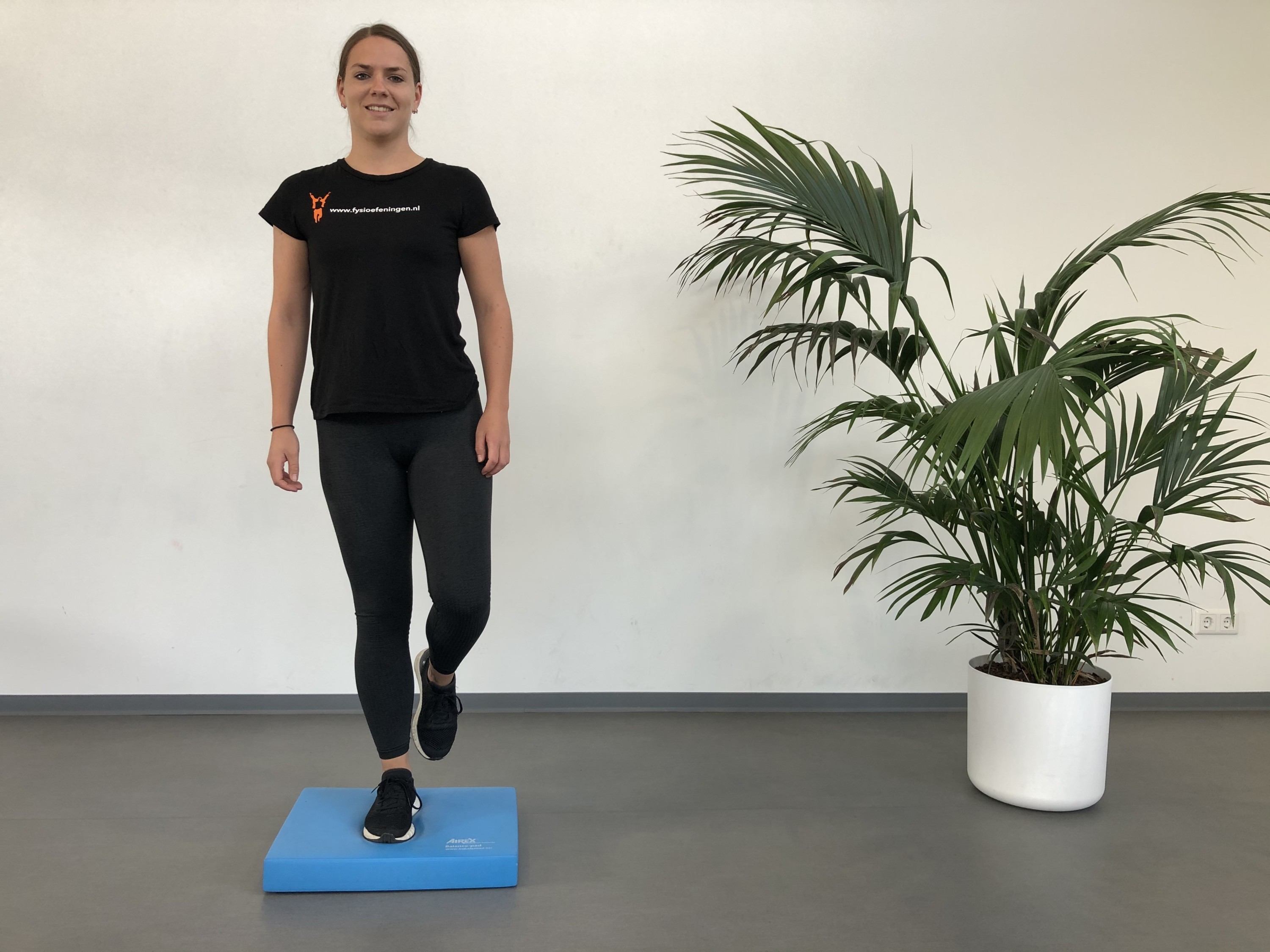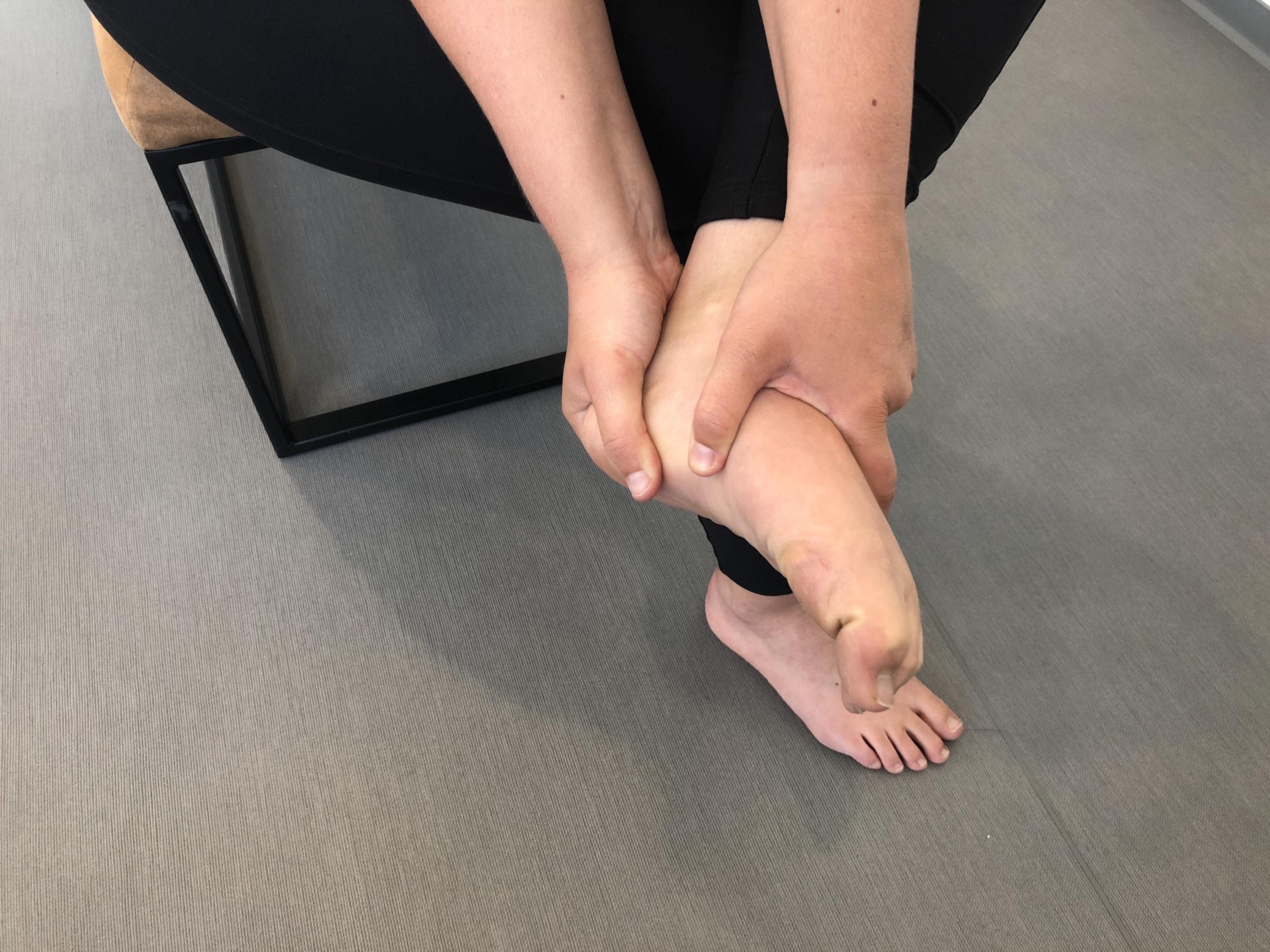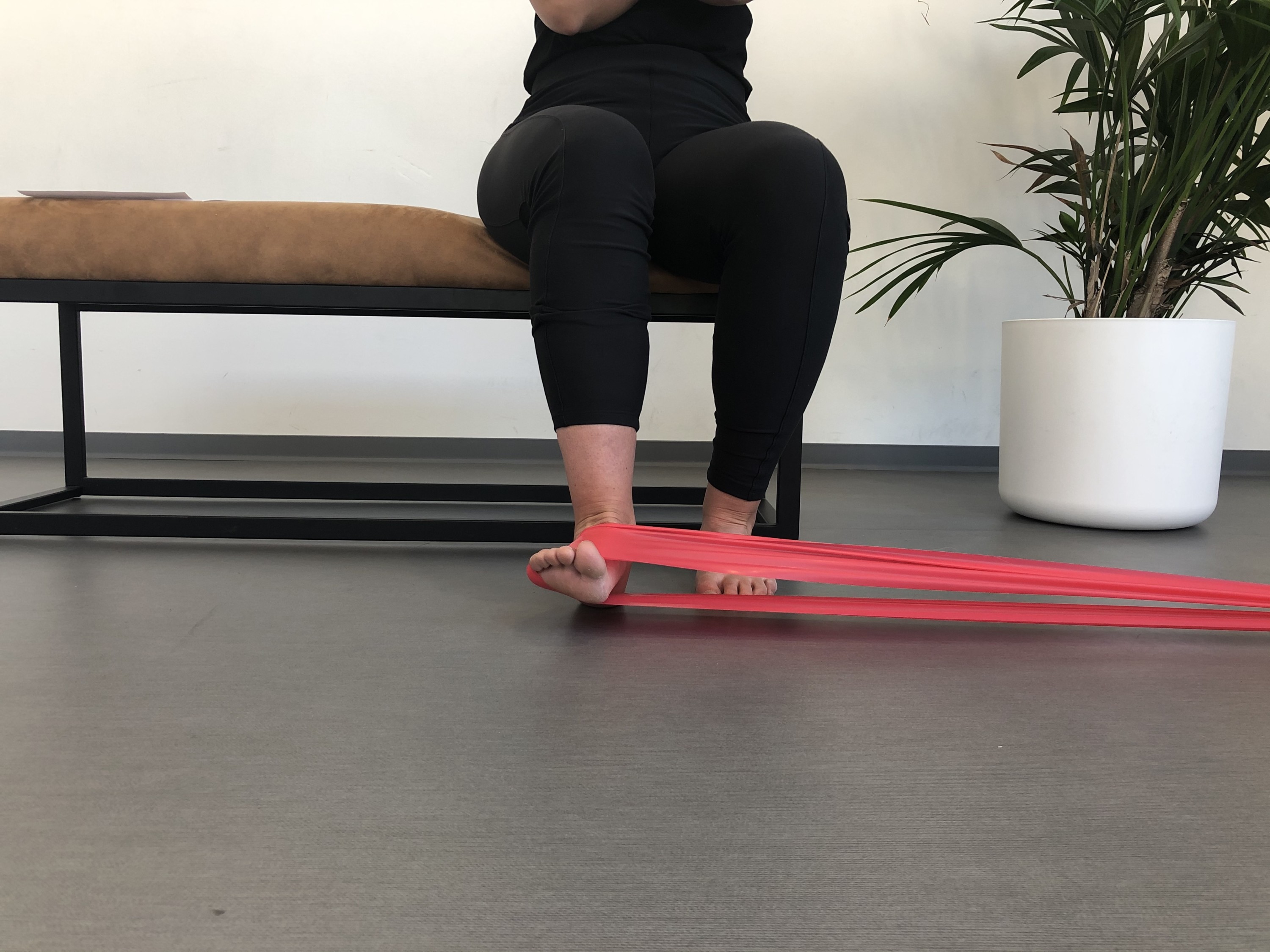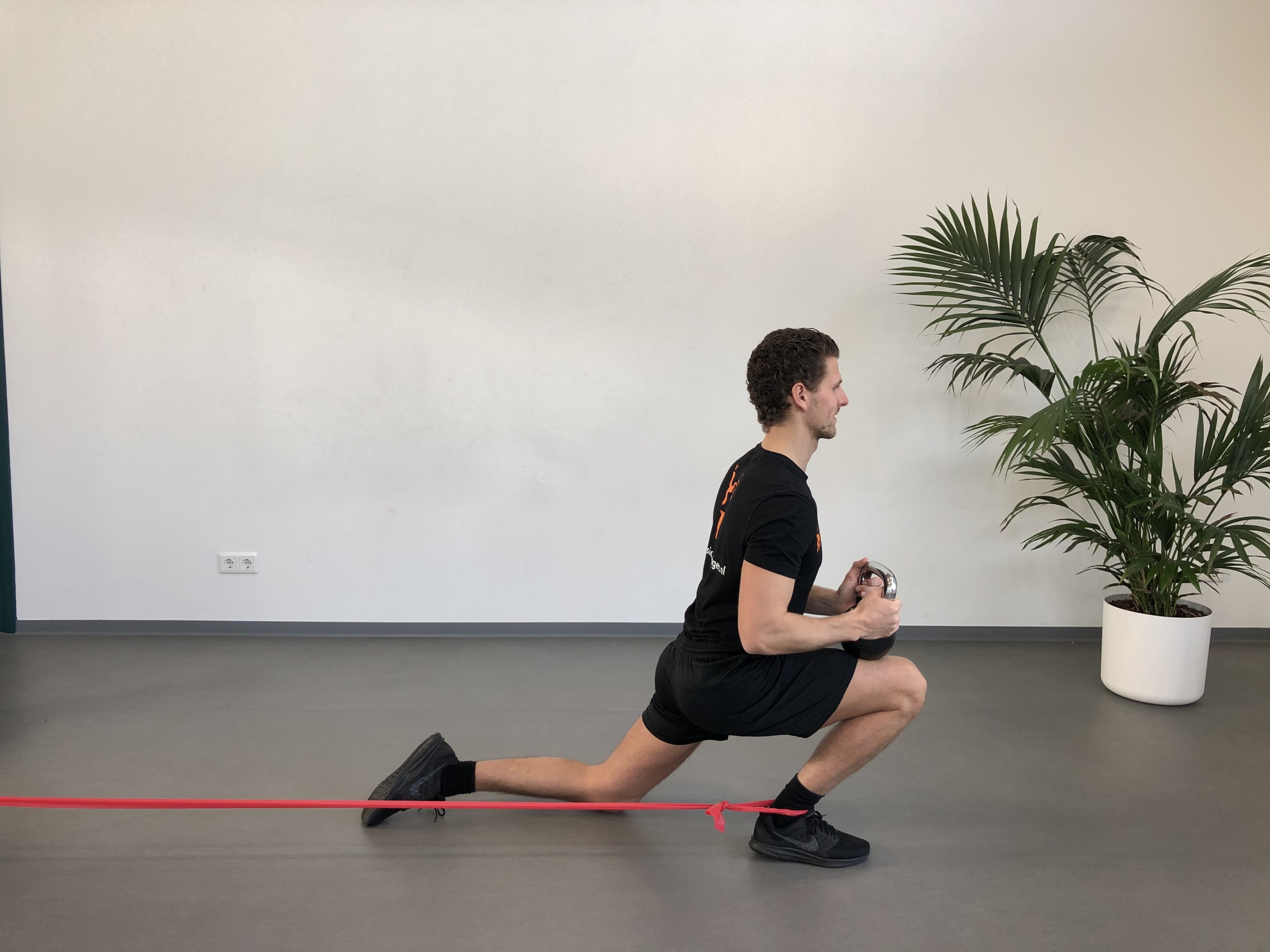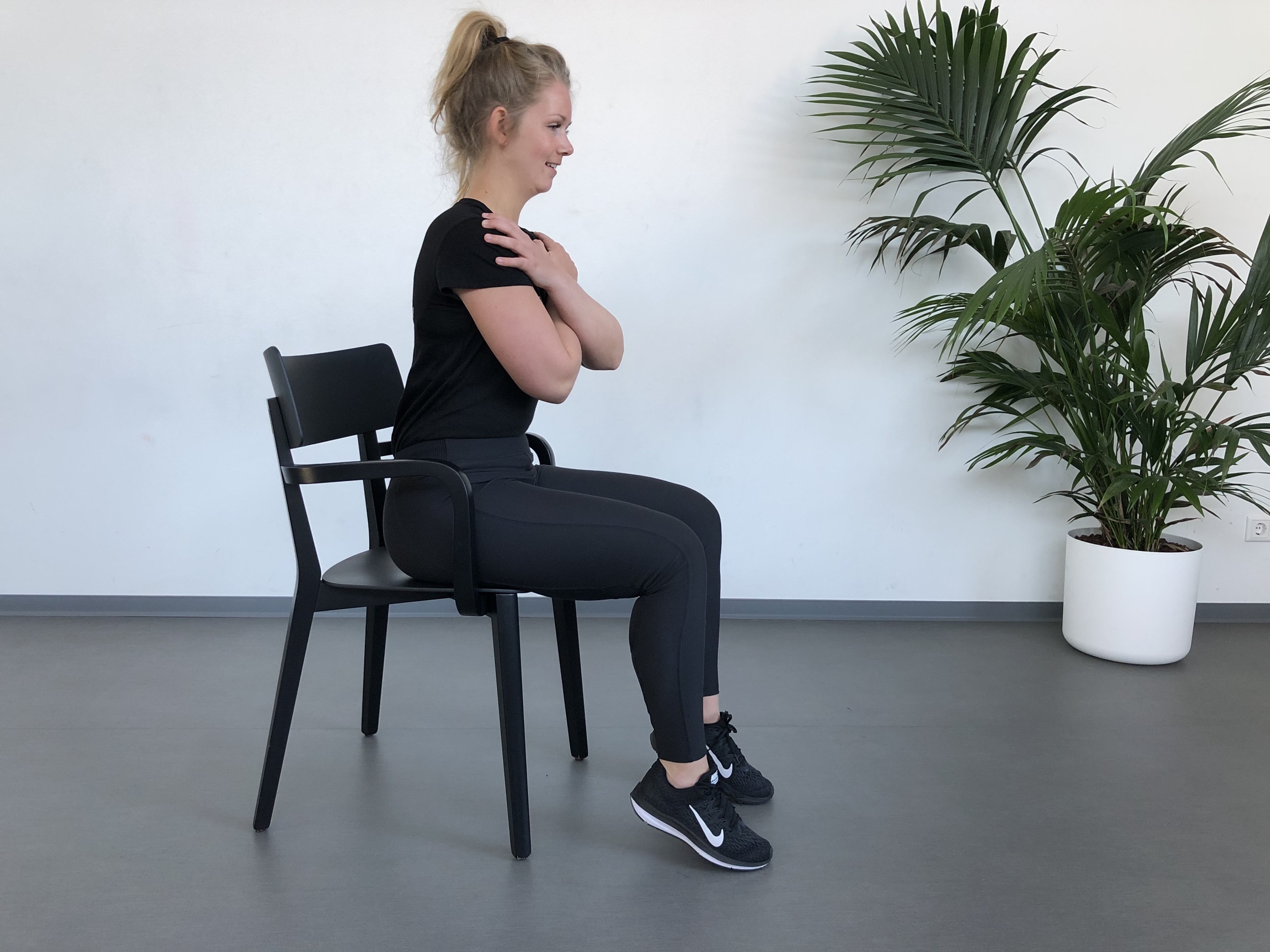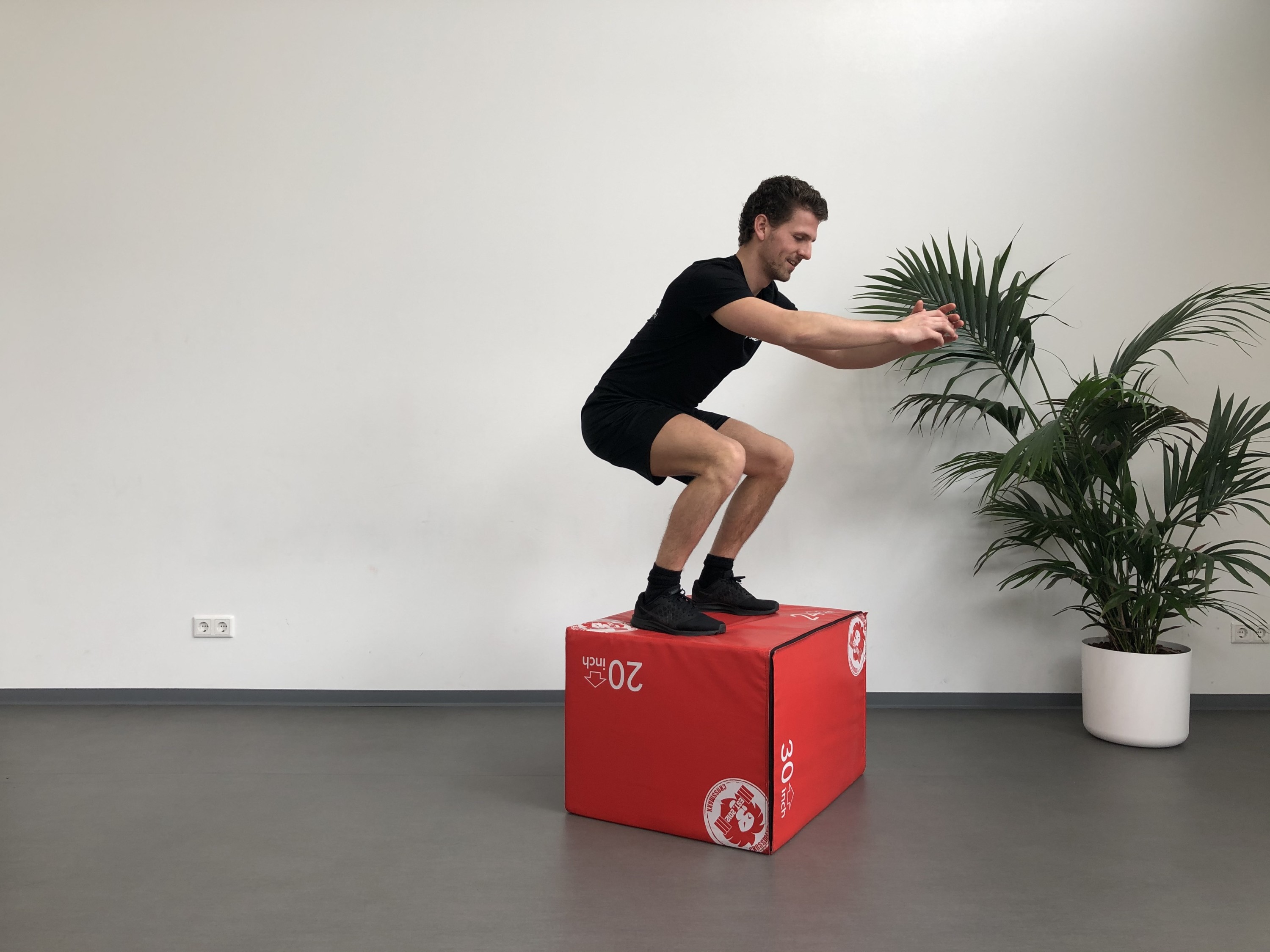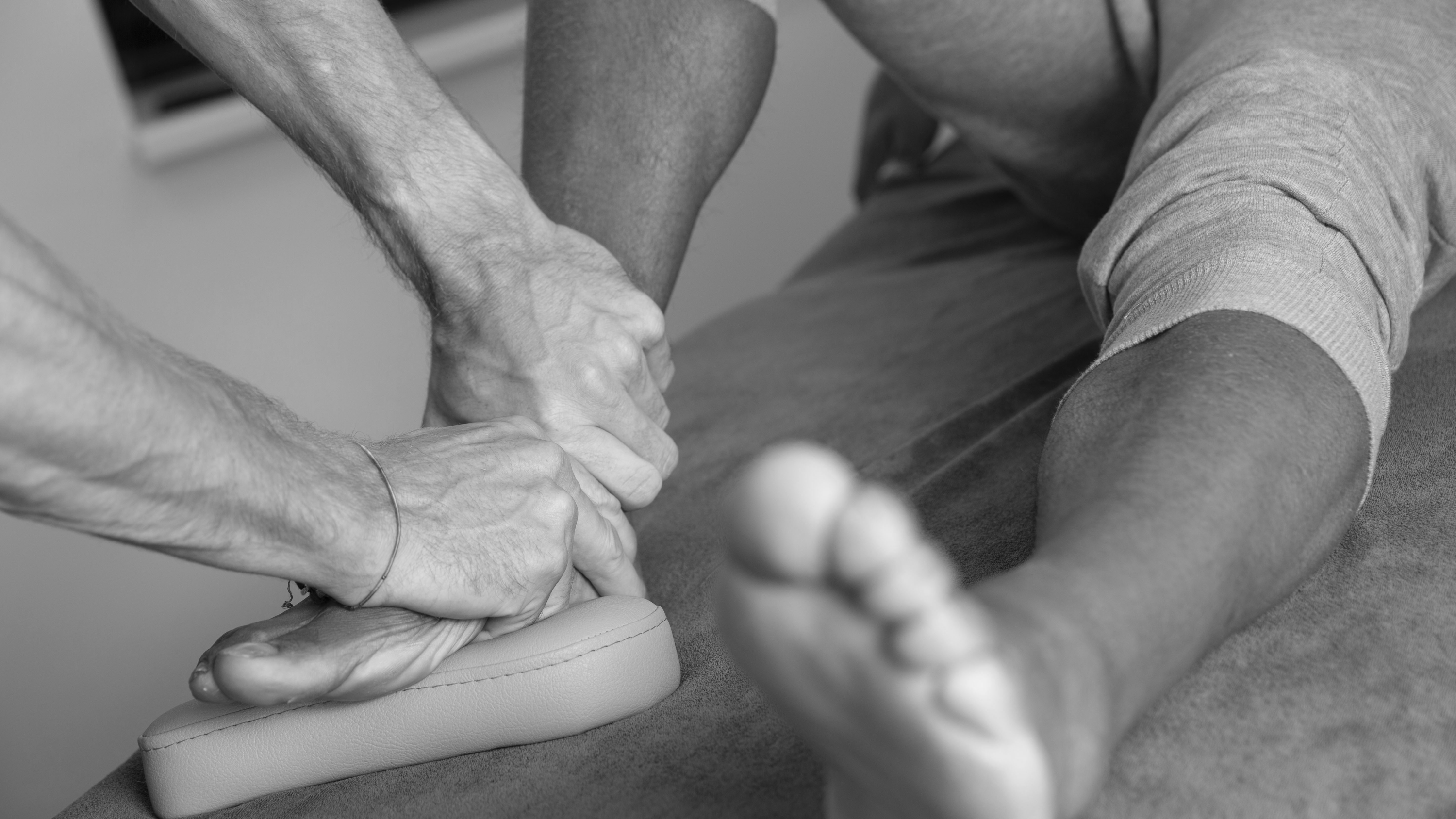
Ankle injuries
The ankle is a complex joint that can be seen as two separate joints. Below you can find a more detailed discription of the joint. There are a lot of different ankle injuries. Here you can find more information or exercises.
The ankle
The ankle is a complex joint that can be seen as two separate joints. The talocrural joint is the joint between the tibia, fibula and talus (typically known as the ankle). The tibia and fibula together form the ankle fork. The ankle fork forms a cup that houses the talus, effectively forming a hinge joint. The talocrural joint allows us to move the foot up (dorsal flexion) and down (plantar flexion).
Below the talus, you find the second joint called the subtalar joint. It is the meeting point of three bones; the calcaneus, navicular bone and the cuboid bone. Together they allow the foot to tilt inward (inversion) and outward (eversion).
These joints are surrounded by a joint capsule and ligaments that ensure smooth movement. The most well known (and most injured) ankle ligaments are located on the outer side of the ankle just below the end of the fibula (lateral malleolus).
There are various ways to injure your ankle. One of the most common injuries is rolling your ankle and damaging the outer ligaments (inversion trauma). Other injuries include wear and tear through normal aging (osteoarthritis), torn muscles or tendons, nerve impingement, fractures, sinus tarsi compression or overuse. It is important to get an accurate diagnosis of your ankle pain to target the treatment specifically to your injury and ensure a speedy recovery.
